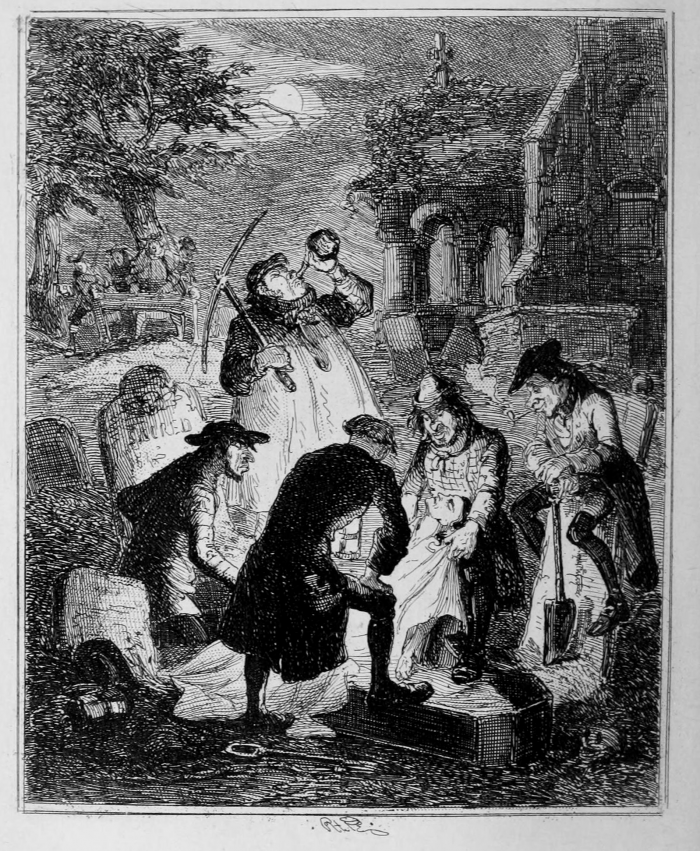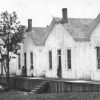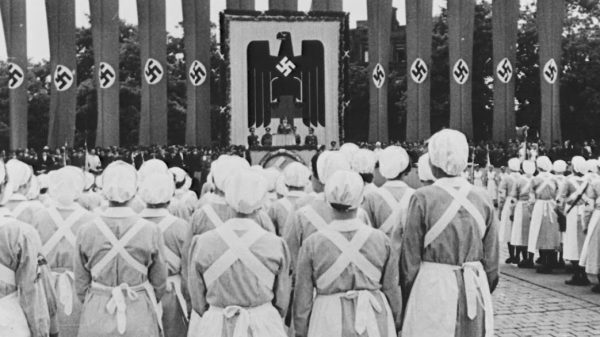A recurring issue in medical science has been the supply of cadavers, with histories of dubious means being undertaken in order to find, arrange for, and obtain fresh bodies for dissection, experiment, and teaching. In the early 1800s in Great Britain, the problem became so acute that legislation was passed to limit some of these shady methods in order to allow scientists to practice and hone their craft, whilst limiting public outcry.
The Anatomy Act of 1832 stemmed from a series of events involving dissections that attracted the attention of the general public and lead to widespread scandal, with the most scandalous being the actions of the London Burkers and the West Port Murders in Edinburgh. Those behind the Burkers and the West Port Murders were body-snatchers, or “resurrectionists” as they were referred to, stealing freshly buried bodies which they later sold to anatomists. The Burkers later confessed to several murders – the bodies sold to supply anatomists with cadavers; the West Port Murders were a series of sixteen murders committed by William Burke and William Hare in order to supply anatomist Robert Knox with lecturing material. Hare was given immunity in exchange for testifying for the King against Burke. Burke, on the other hand, was executed on January 28, 1829, dissected by anatomist Alexander Munro, who penned a letter with Burke’s blood. Burke’s skeleton can presently be found at the Edinburgh Medical School.

Because the ability to obtain bodies through legal means was so limited and difficult, relying on resurrectionists – such as the Burkers and Burke and Hare – was not uncommon. Neither was fighting amidst other members of the same profession at the gallows in order to obtain the bodies of recently-executed criminals for dissections. In some instances of criminal execution, the individual had yet to meet his or her fate before an anatomist had begun negotiating with the family to access the body. As executions became increasingly rare during the latter part of the 18th and early 19th centuries, the supply of legal cadavers to anatomist began to dwindle, making business at the gallows and resurrectionists lucrative.
The Anatomy Act of 1832 was a response to this, requiring practicing anatomists to be licensed by the Home Secretary. The Act also allowed next of kin to donate corpses, and gave scientists access to unclaimed bodies. Though this Act was pre-dated by other Acts involving the regulation of dissections and the procurement of bodies, the new Act of 1832 was a response to the growing illegal trade in cadavers to supply anatomists. This Act served to curb some of the public’s fears and outrage over the matter; however, issues involving bodies obtained for dissections prevailed. Accounts of criminals being tried and put to death for crimes they likely did not commit, coercion and lack of consent regarding the dissection of the bodies of the poor; and physicians and anatomists “waiting out” patients with rare diseases and/or pathological anomalies, were not uncommon, and continued to spark outrage.












